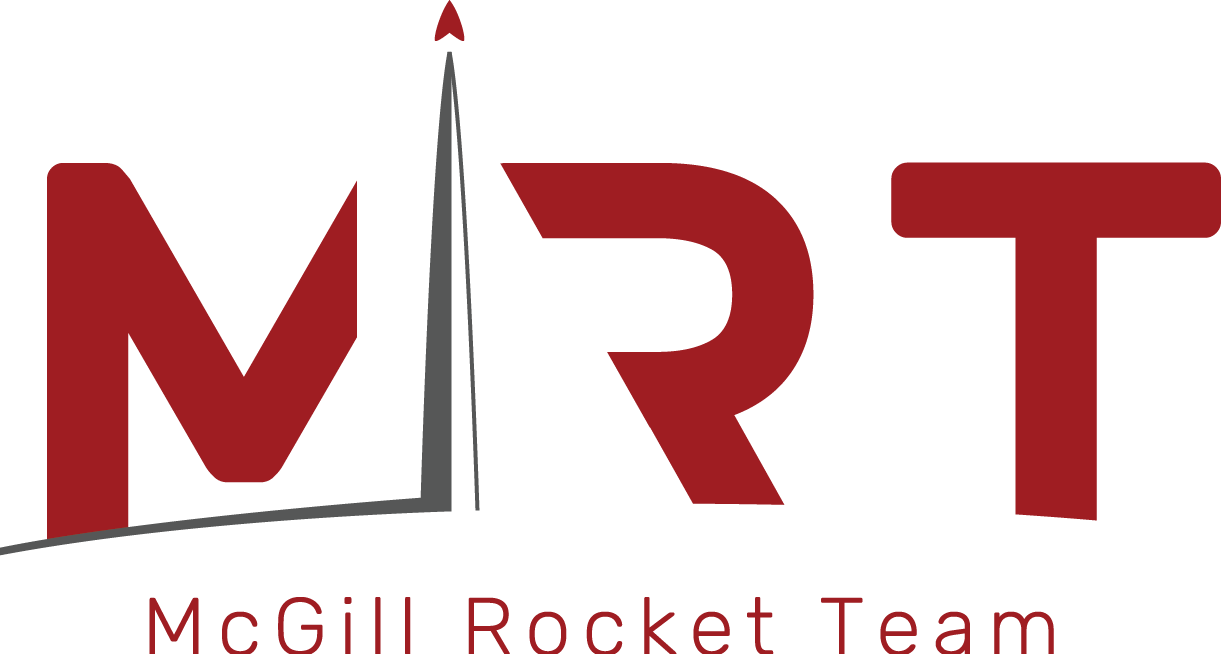
Aerostructures Project List
AE1: Airframe and Composites
Description
This project is dedicated to making the rocket’s airframe. This year's task is particularly challenging due to our recent commitment to the full use of pre-impregnated (prepreg) composites from vacuum infusion, which was the main manufacturing method for the past few years. The focus will be on the development of prepreg manufacturing processes towards an industry level quality, characterization of new materials and components through testing, and the design of moulds for airframes.
We will first teach you the basic knowledge behind our different manufacturing techniques, and then it will be a lot of hands-on work. Your work will involve participating in work sessions to help in every stage of building the rocket airframe from individual parts to final assembly. There will also be weekly tutorials where we dive deeper into the theory of aerospace structures & materials. In the end, you will be capable of independently manufacturing the various parts yourself. There may also be small R&D projects about composites for you to take on.
AE2: Rocket Structures
Description
Rockets are subject to immense forces during flight. This project’s main purpose is to design, manufacture, and test various different internal structures of the rocket. If our rocket is an organism, then this project acts as the skeleton, as the key aspect of it is to create internal structures that support various other systems and allow the entire rocket to remain stable and robust.
This year we are taking a big leap from past 10k ft apogee subsonic rockets to developing one that will reach 60k ft and fly supersonic. With a brand new system architecture, it will bring many new interesting challenges for us to reveal and solve, such as increased thrust loads and the implementation of RADAX, a new and improved version of a structural cage. As a member, you will learn to design structures with Computer Aided Design (CAD) in NX, make detailed engineering drawings, and perform computational structural simulations in Siemens Simcenter. Throughout the year, you will continuously optimize the designs for easier manufacturing and simpler assembly.
AE3: Jigs and Tooling
Description
The Jigs and Tooling project involves a variety of smaller projects, which can be tackled individually or in collaboration with a teammate. While some projects are specific to the Aerostructures sub-team, others offer the chance to collaborate and learn with members from different sub-teams. Jigs and Tooling projects are a great way to get good experience with: CAD skills, engineering drawings, and tooling, all of which are very useful in both industry and for personal projects down the line!
More specifically, the responsibilities of this project are to design and produce jigs as well as tooling the overall aerostructure of the rocket. Essentially, jigs make our lives easier by simplifying construction processes, reducing errors, and increasing overall efficiency. Recently, we have helped out the Recovery team by building a drop test jig that was mounted on a 100 ft tower! Tooling the aerostructure involves taking care of the post-processing part of the rocket tubes including cutting the tubes and drilling the right holes in the right places.
AE4: Flight Dynamics R&D
Description
Modeling the flight of a rocket is no small feat. Modeling one that breaks altitude records and the sound barrier is an even greater challenge. Flight dynamics involves the study of the reaction of the rocket when subjected to external forces. The team wants to gain deeper theoretical understanding in this subject, thus, this project is heavily R&D focused.
As an example, one of your main tasks will be to develop a method to calculate bending moments at different joints on the airframe resulting from aerodynamic lift generated on the fins. The results will then be given to AE2 Rocket Structures so that they can ensure the structural integrity of these joints. Another task you may take on is to research and understand the effect of fin geometry on rocket stability, and then the effect of stability on apogee.
To help you start, we will teach you OpenRocket, a reputable flight modeling software, as well as providing you with some renowned technical papers. Then, you will be on your own. You will take on a few R&D tasks individually or as a group. You will give periodic reports and present your findings to the team. The main area of interest will be dynamics, but it may also incorporate some aerodynamics, vibrations, and structural analysis as you dive deeper.
Due to the nature of this project, we are ideally looking for students with previous experience in stability, dynamics, and/or rocketry.. The experience may be advanced courses (ex: MECH 532), design/research projects, work experience, etc.. The following may be considered:
Returning member of MRT, or other experience in rocketry
Experience in individual research project with minimum support
Experience with dynamics and stability
If you are interested in this project, please clearly explain your related experience on the application form.













